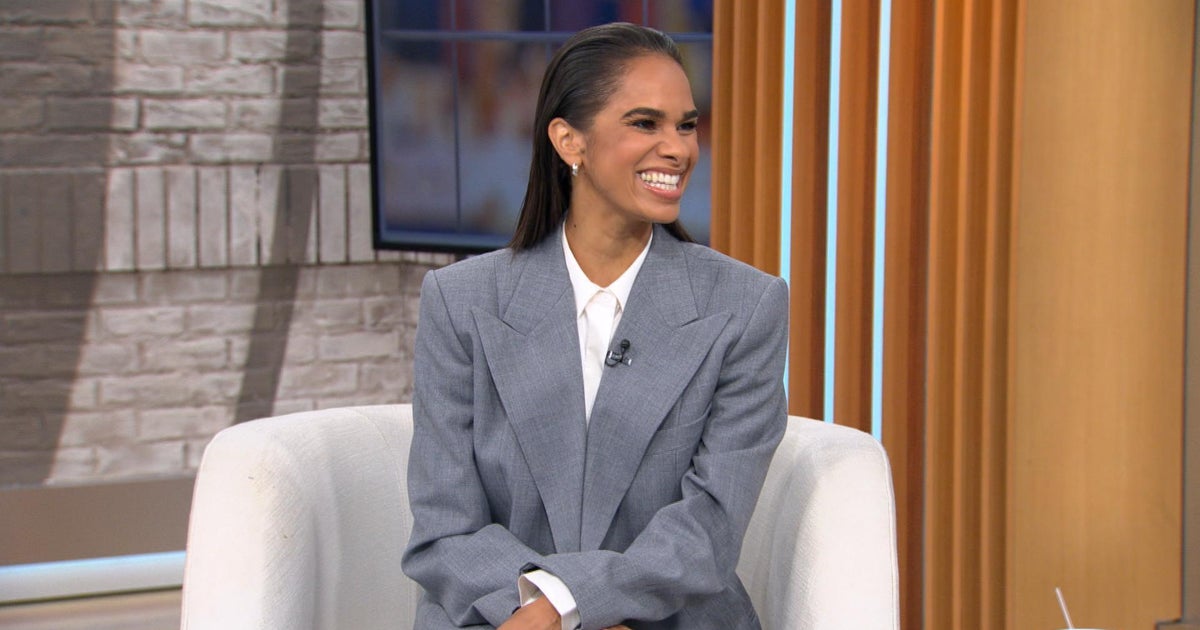September 11, 2025 — 5:00am
The demise of the greeting kiss was falsely predicted during the coronavirus pandemic, but this cultural habit is too ingrained in Europe to be abandoned, so be prepared to proffer a cheek – but leave your lips for more adventurous occasions.

Cheek-kissing is common across much of Europe and has made inroads into places formerly keen only on handshakes, such as Britain and Germany. In those countries, however, a single kiss is the limit and, with its overtones of Frenchified culture, usually only practiced among the middle and upper classes.
Who Europeans kiss, as well as when and how many times, can depend on many things: their family relationship, length of acquaintance, type of social occasion and level of formality.
Europeans don’t just kiss in greeting. A cheek kiss may also be congratulatory or respectful and is also often expected again on departure, even among people who’ve only been chatting for a few minutes.
However, a few simple rules should help you navigate this cheeky culture. You shouldn’t kiss anyone on the first meeting or in a business context. Kissing implies some level of familiarity, though often a second or third meeting is enough to qualify you on social occasions.
If you’re a man, you should always wait for a woman to initiate the kiss – offer a hand or nod instead. The norm is male-female and female-female kissing. Male-male kissing is less widespread, although common in southern Italy, southern France, Spain and some parts of the Balkans. Male-male kissing also has a ceremonial purpose – you might see European male presidents and monarchs kissing at summits – or is confined to men within the family, or old friends who haven’t met for a considerable time.
Don’t attempt a literal kiss by planting your lips on someone’s cheek. Lean forward and merely brush cheeks – especially if wearing lipstick – while making a faint kissing sound. Place your hands lightly on the other person’s arms or shoulders. Don’t be stiff or awkward.
A single kiss on each cheek is common in southern European countries such as Spain, Italy, Greece and Romania, while in the Low Countries, Switzerland and certain regions of the Balkans you should go for three on alternating cheeks.
France is most famous for its cheek kissing, with the number of kisses varying between one and four depending on the region: three in Burgundy and an exasperating four in Normandy and the Loire Valley, for example. You won’t go wrong if you stick to two, the norm in Paris.
Which side to start on has yet to be codified by the European Union, but you’ll be OK most of the time if you start with the right cheek. A notable exception is Italy, where the left is favoured.
No need to stress. Most people overlook the faux pas of foreigners, and the worst that will happen is that you go in for the lean only to be rejected with an out thrust hand.
Sign up for the Traveller newsletter
The latest travel news, tips and inspiration delivered to your inbox. Sign up now.
Brian Johnston seemed destined to become a travel writer: he is an Irishman born in Nigeria and raised in Switzerland, who has lived in Britain and China and now calls Australia home.



















































